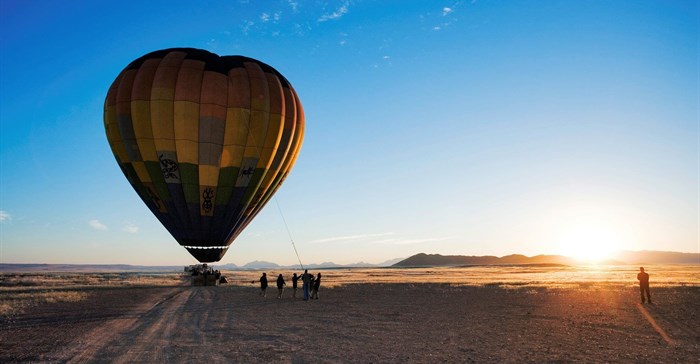The South African tourism industry has been particularly hard hit by Covid-19 travel and movement restrictions since March 2020. To make matters worse, South Africa was identified as the source of a more contagious variant of the virus which has made international travellers reluctant to visit. This is problematic because 60% of businesses within the tourism sector are Small Medium Micro Enterprises (SMMEs) - vital to the recovery of SA's economy.
There is an urgent need to resuscitate this sector and create an enabling framework to bring the business of tourism back to life. While there are a number of state initiatives for tourism, such as the Tourism Equity Fund, the Tourism Sector Recovery Plan and the Green Tourism Incentive Programme (GTIP), these are meant as stimulatory, not relief measures.
Problematic interventions
The World Travel & Tourism Council noted that travel and tourism contribute 8.6% to the South African economy and provides 9.2% of total employment within the country. According to Statistics South Africa’s Tourism 2020 Report, foreign arrivals plummeted to devastating effect by 71% from just over 15.8 million in 2019 to less than 5 million in 2020.
As part of South Africa’s Economic Reconstruction and Recovery Plan, the Tourism Equity Fund (TEF) aims to drive transformation through advancing equitable opportunities in the sector to ensure inclusive economic growth. Eligibility for funding requires that the enterprise be 100% South African-owned with a minimum of 51% black owner-management.
With R1.2bn to disperse in blended funding, the TEF is currently facing judicial scrutiny. Opponents of the Fund argue that it is a deviation from the framework of the Broad-Based Black Economic Empowerment (B-BBEE) Act and that it effectively excludes minority-owned businesses from seeking assistance.
Criticism of the Fund has been heavy. In particular, questions have been raised about the effectiveness of the Fund in relation to its structure. With the minimum funding value being set at R10m, it seems doubtful that the Fund can facilitate meaningful transformation in the industry if it only has the capacity to service 120 businesses.
This means it is unlikely to have any significant impact on industry recovery. Furthermore, with such a high minimum funding threshold, a large number of smaller private tourism enterprises are also effectively excluded.
Recovery can’t wait for government timelines
Launched in April 2021, the Tourism Sector Recovery Plan is a set of interventions expected to enable the tourism sector to recover to 2019 activity and employment levels by 2023. The Plan proposes several strategic interventions, which include stimulating domestic demand; launching investment and resource mobilisation programmes; and regional tourism integration.
While the intentions behind this plan are admirable, timelines at this point are still unclear. This means that enterprises in the travel and tourism sectors will be left to their own devices for the foreseeable future, when it comes to securing their own survival and sustainability.
Inclusivity starts at home
Until our vaccination roll-out has effectively achieved herd immunity and the skies have opened to allow international travel to resume, tourism in South Africa will continue to struggle. Just as other industries have been forced to pivot and reinvent themselves for survival, so too will the travel and tourism industries.
Last year, the volume of tourists decreased by 72,6% from 10,2 million in 2019 to 2,8 million in 2020. The distribution of tourists by region of residence shows that 74,8% of the tourists who arrived in South Africa in 2020 were from African countries.
In order to recover, the tourism industry can no longer expect to depend on international visitors for a livelihood. Hospitality and tourist destinations will have to re-examine their business models to make themselves attractive to domestic and intra-continental travellers as the majority of South Africa’s most attractive destinations and establishments are prohibitively expensive for locals. To do so, many businesses will be forced to examine how to do more with less than before.
In addition to focusing on increased hygiene and safety measures, cutting costs and improving efficiencies can be achieved with digitisation and automation technology while efforts to better utilise expensive resources like energy and water will assist with operating expenses and environmental impact.
While this will be costly for businesses to accomplish alone, it is something that is entirely necessary for survival. Given that attractiveness for visitors is going to rest heavily on safety and hygiene, tourism businesses are advised to approach their recovery and reinvention with this in mind.









































